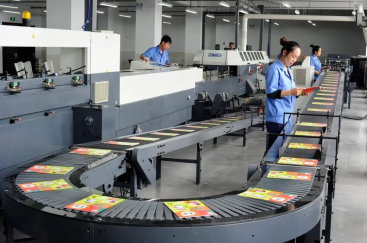In the ever-evolving landscape of technology, new standards and interfaces emerge, often rendering older ones obsolete. However, many devices, particularly those in industrial and scientific settings, still rely on the venerable RS232 serial communication standard. As modern systems increasingly adopt USB as the primary interface, the need to bridge the gap between the two has become apparent.
Understanding RS232 and USB
Before we delve into the specifics of converting RS232 to USB, let’s briefly recap the two standards.
RS232: A Serial Classic
RS232 is a serial communication standard that defines the electrical characteristics and timing protocols for data transmission between devices. It’s a relatively slow standard, but it’s incredibly versatile and has been used in a wide range of applications, from modems to industrial automation.
USB: The Modern Marvel
USB, or Universal Serial Bus, is a high-speed serial computer bus standard that allows various devices to be connected to a computer. It’s incredibly versatile and has largely replaced older standards like RS232.
The Need for Conversion
The primary reason for converting RS232 to USB is to enable legacy devices to communicate with modern computers. This is particularly useful in scenarios where:
- Industrial Automation: Connecting older PLCs and sensors to newer control systems.
- Scientific Research: Interfacing with legacy lab equipment and data acquisition systems.
- Hobby Electronics: Connecting microcontrollers and other electronic devices to a computer.
The RS232 to USB Pinout
The specific pinout of an RS232 to USB converter can vary depending on the manufacturer and the exact model. However, the most common pinout is as follows:
| RS232 Pin | USB Function |
|---|---|
| TxD (Transmit Data) | USB Data+ |
| RxD (Receive Data) | USB Data- |
| RTS (Request to Send) | USB Control Signal |
| CTS (Clear to Send) | USB Control Signal |
| DTR (Data Terminal Ready) | USB Control Signal |
| DSR (Data Set Ready) | USB Control Signal |
| SG (Signal Ground) | USB Ground |
Choosing the Right Converter
When selecting an RS232 to USB converter, consider the following factors:
- Chipset: The quality of the chipset can significantly impact performance and reliability.
- Driver Support: Ensure that the converter is compatible with your operating system and has the necessary drivers.
- Power Requirements: Some converters may require external power, while others can be powered through the USB port.
- Data Rate: Choose a converter that supports the required data rate for your application.
- Additional Features: Some converters may offer additional features like flow control, voltage level shifting, and power supply options.
Practical Considerations
When using an RS232 to USB converter, keep the following tips in mind:
- Cable Length: While USB cables can be relatively long, RS232 connections are more susceptible to noise and interference over longer distances.
- Driver Installation: Ensure that you install the appropriate drivers for your converter.
- Power Supply: If your converter requires external power, make sure it’s connected properly.
- Configuration Settings: Some converters may require additional configuration settings, such as baud rate, parity, and stop bits.
Conclusion
By understanding the fundamental principles of RS232 and USB, and by selecting the right converter, you can effectively bridge the digital divide and connect your legacy devices to modern systems. Whether you’re a hobbyist, a technician, or a researcher, an RS232 to USB converter can be a valuable tool in your arsenal.



